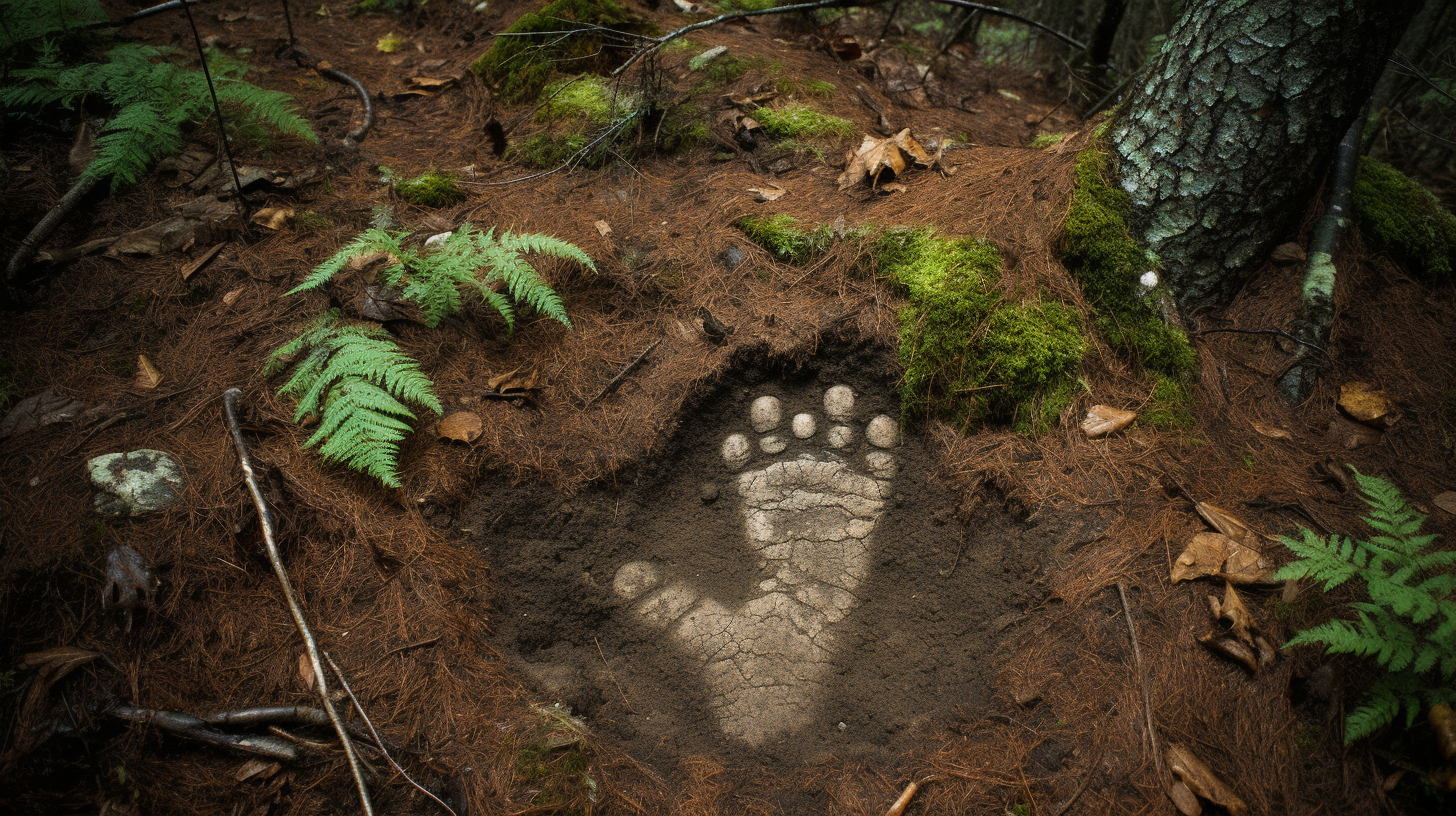The elusive Bigfoot, also known as Sasquatch, has captured the imagination of millions around the world, becoming a symbol of the uncharted wilderness and the mysteries that dwell within. This massive, hairy hominid is said to roam the forests of North America, leaving behind enormous footprints and tales of encounters that have fueled endless debate among believers and skeptics alike.
The legend of Bigfoot can be traced back to the indigenous peoples of North America, with stories and depictions of large, hairy, man-like creatures appearing in various tribal mythologies. However, it wasn’t until the 20th century that Bigfoot gained widespread attention, following a series of alleged sightings and the discovery of large footprints in the Pacific Northwest.
The most famous piece of Bigfoot evidence is the Patterson-Gimlin film, shot in 1967 by Roger Patterson and Bob Gimlin in Northern California. The short film, which purportedly shows a female Bigfoot walking through the woods, has been the subject of extensive analysis and debate, with many arguing that it represents definitive proof of Bigfoot’s existence, while others claim it is nothing more than an elaborate hoax.
In the decades since the Patterson-Gimlin film, thousands of alleged Bigfoot sightings have been reported across North America, with many witnesses describing a large, bipedal creature covered in hair and standing between 6 and 9 feet tall. These sightings have been accompanied by a variety of physical evidence, including footprints, hair samples, and even purported Bigfoot “nests.”
However, despite the wealth of anecdotal evidence and the passionate claims of believers, definitive proof of Bigfoot’s existence remains elusive. Many alleged sightings have been debunked as hoaxes or misidentifications of known animals, while the physical evidence has often been found to be inconclusive or of dubious origin.
Skeptics argue that the lack of a Bigfoot specimen, either living or dead, is the most compelling argument against the creature’s existence. They point out that, despite the vast number of reported sightings and the efforts of dedicated Bigfoot researchers, no one has managed to produce a verifiable body or capture a live specimen.
In contrast, believers argue that the sheer volume of sightings and the consistency of witness descriptions suggest that there must be some truth to the Bigfoot legend. They maintain that the creature’s elusive nature and the rugged, remote terrain it is said to inhabit make it difficult to obtain definitive proof.
As the debate surrounding Bigfoot’s existence continues, the creature has become a cultural icon, inspiring countless books, films, and television shows, as well as a dedicated community of researchers and enthusiasts known as “Bigfooters.” Regardless of whether Bigfoot is a genuine undiscovered species or a figment of the human imagination, its legend has become an enduring symbol of the mysteries that lie at the heart of the natural world.
In the end, the enduring fascination with Bigfoot speaks to a deeper human desire to explore the unknown and to believe in the possibility of undiscovered wonders. Whether fact or fiction, the legend of Bigfoot will undoubtedly continue to captivate the imaginations of people around the world, reminding us of the enduring allure of the mysteries that lurk in the shadows of our world.




